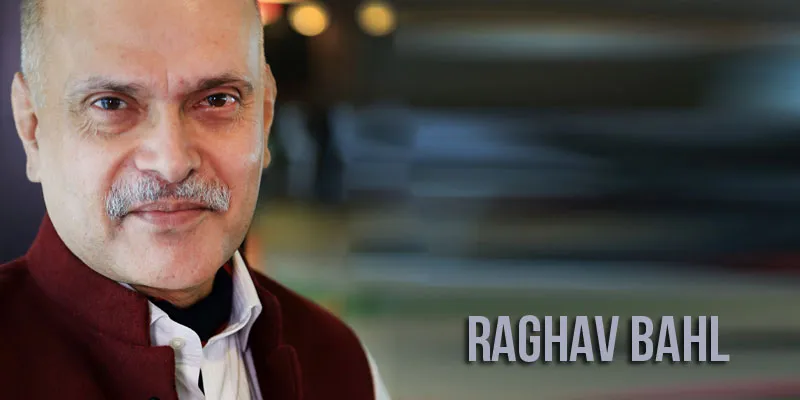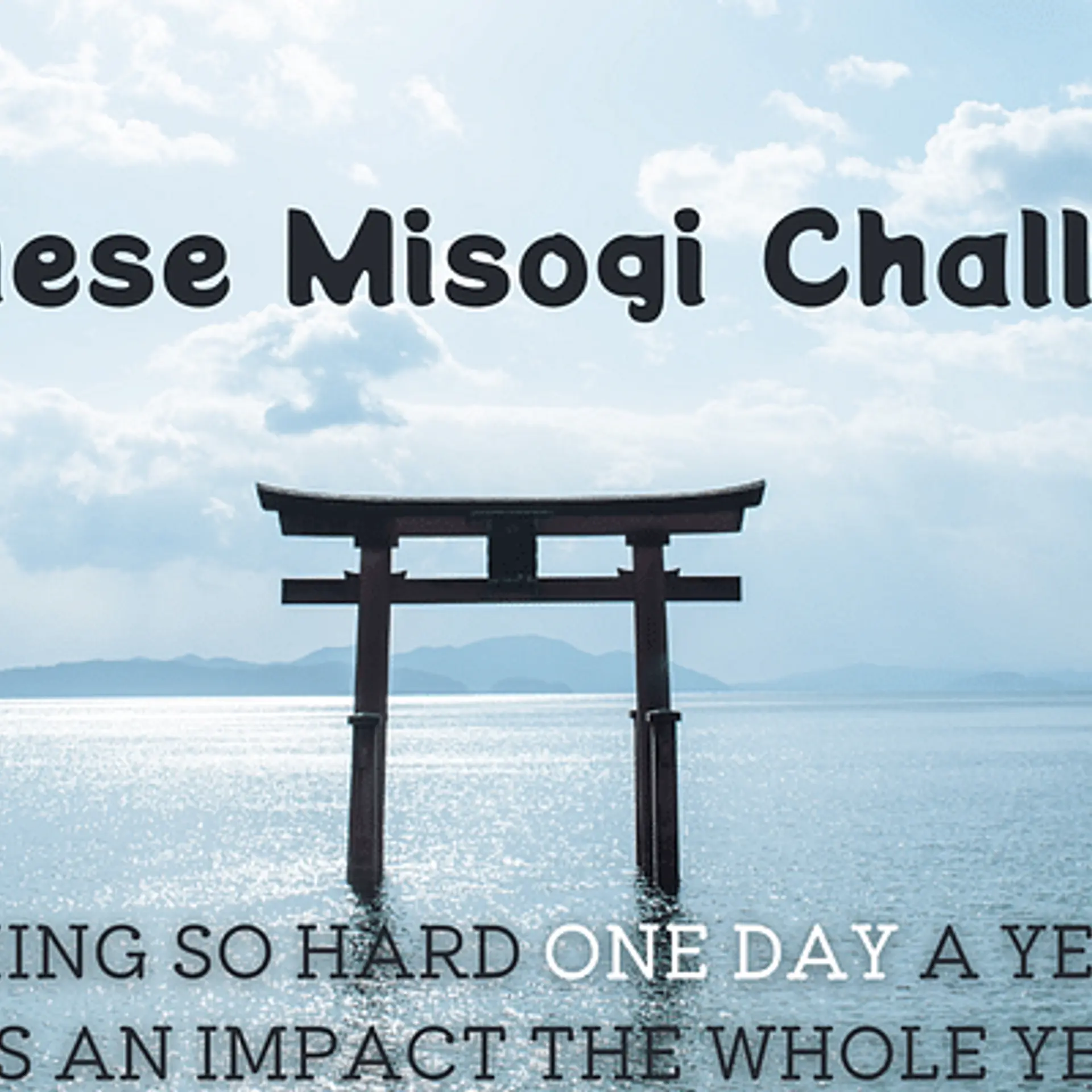Influenced by Vox Media and BuzzFeed’s coveted next-gen publishing platforms, Raghav Bahl invests $3.5M in Quintype
In their 2015 report on Indian media and entertainment industry, FICCI and KPMG noted that India’s growth story extends itself across media and entertainment sectors, and they estimated that this sector is poised to grow at a CAGR of 13.9 per cent from Rs 1026 billion in 2014 to reach Rs 1964 billion by 2019, a growth rate that is almost double that of the global media and entertainment industry.
This growth, the study states, “presents a good opportunity for digital content aggregators, advertisers, app developers, and online streaming companies to engage users through relevant mobile-led strategy.”

The growth and penetration of Facebook in India is a good example of how more and more people are consuming content -- information and entertainment -- on social media. This has been possible because of the increase in Internet penetration, especially mobile Internet. The FICCI-KPMG study states that by the end of 2014, India had around 116 million Internet-enabled smartphones and the number is expected to reach 435 million by 2019.
Time to be ready for mobile-first
Riding on this growth metrics, a number of digital news and content aggregators are mushrooming to satiate the hunger for quick, easy, and viral content consumption. Answering a YourStory question on what readers want, Raghav Bahl, Media Moghul best known for his television company Network 18 Group, says, “There is no formula. However, one thing has been a great revelation. When we came into the digital space nine months ago (he launched Quintillion Media, an all-digital, mobile-first media company, after his exit from Network 18), we were told digital is not a serious medium; that it is full of non-serious aggregated content. So we came with that mindset that intelligent content may not count for much. But from day one we have been proved so wonderfully wrong. It has been a sort of validation for us. We’ve found that intelligent and original content is by far the most successful with audiences.”
Stating that new media companies need to curate around such intelligent and original content, Raghav says, “Look at a newspaper. It is a curated space. This is happening since time immemorial. The same rule applies here. People are looking for that extra from your content or video. Around that, you can give your audience something that is curated or aggregated. But if you create only a curated/aggregated site, it may not get you there.”
The fact remains that media today is going digital. “As far as information content is concerned whether in video or text, in my mind there is no doubt that it is all going to be on hand-held devices. This will virtually account for 80 to 90 per cent of information content consumption, simply because information content is usually consumed on one-on-one devices. We rarely ever consume information content in a community setting,” says Raghav. However, he feels entertainment consumption will be divided between mobile screens and static screens. “It will depend on your frame of mind whether you want to watch a particular film with your family or alone. But as far as information content is concerned, as soon as bandwidth permits and as soon as smartphones proliferate to 50 per cent of the market, it will move entirely to hand-held devices,” he adds.
Quintype funding
Taking on this new digital media space head on, Raghav Bahl recently announced his investment in Quintype, a data-driven publishing company focused on digital media. It is an end-to-end SaaS platform which uses big data and artificial intelligence to manage all aspects of a modern online media operation.

He has invested $3.25 million in Quintype to enhance its product and business development. Speaking to YourStory from the Bay Area, its CEO and Founder Amit Rathore pointed out that the funding will be used to grow the product engineering and sales teams across locations in the Bay Area as well as in Bengaluru.
According to Amit, Quintype’s data-driven approach lets media organizations reduce technology costs while at the same time leveraging data to increase revenue and profits. Interestingly, Quintillion Media’s first product, ‘The Quint’, was launched earlier this year on the Quintype platform.
Says Raghav Bahl, “Quintype is a stand-alone project. We are just seed investors. For us it is sort of a laboratory – ‘The Qunit’ feeds off the technical capabilities of the Quintype, and Quintype develops newer features as it sees ‘The Quint’s’ content developing.”
For years, news media has been trying to gather information about readers and audiences in the interest of producing better content, and more effective advertising. Online media has opened the floodgates to more information about reader behaviours and preferences. Reader data can reveal to a publisher and advertiser who they are and what speaks to that individual. It also allows publishers to define more-nuanced audience segments, an attractive proposition for advertisers as well. According to Amit, “Quintype takes this first-party data to the next level.”
Claiming that Quintype’s business model is unique, Amit says the entire state-of-the-art platform is available to anyone free of cost. Quintype partners with publishers by making money through a revenue-share model, effectively aligning their interests with that of the publisher. “Quintype makes money only when the publisher does.”
Tech stack
Stating that media companies literally need to become technology companies, just as e-commerce companies have done so (think Amazon and Flipkart), Amit says they’ve taken that same philosophy (his last company was in e-commerce big-data, predictive analytics etc) and are applying it to media. “We're building the same sort of platform that Vox and BuzzFeed have built (but they're internal and proprietary), but as a SaaS.”
The reality today is that while content continues to be important, a good 50 per cent focus needs to be given to social media orchestration, audience engagement, personalization, automation, data-driven processes, and real-time predictive analytics, etc. Without these essentials, media companies are at a serious competitive disadvantage with those companies that have this technology, believes Amit. “In a world where there is a surplus of content choices, keeping the consumer engaged requires every trick in the book,” he says.
Quintype’s technology stack is different from most technology companies. The core programming language is Clojure (which is a modern LISP). “In what seems like another life, I wrote a book on Clojure when it was sort of brand new technology,” says Amit as an aside. They also use Facebook's ReactJS.
“Our stack gives us incredible speed and flexibility in building up the kind of dynamic systems that are needed today, along with the high availability and requirements placed on us. We've also recently started using Erlang, another high-performance language, often used to build telecom systems (even WhatsApp is built on it).”
It is hosted on AWS, has an extremely high level of automation, and “we are looking to hire,” he says with a smile.
Taking on legacy platforms
Describing his meeting with Raghav as serendipitous, Amit says, “We had sold our last company (a big-data based, predictive analytics-driven e-commerce SaaS company) to Staples, and I was VP, Global e-commerce, over there for a while. In July last year, I decided to do something new and was aggressively meeting people to see what opportunities I could uncover. It turned out that Raghav had also exited Network18 around the same time, and he was in the Silicon Valley meeting various startups in the digital media space. A friend, who was the founder and CEO of one such company, asked me to attend a meeting with Raghav and team. Little did I know that that meeting would turn out to be of such significance!”
According to him, “Quintype aims to do for media companies what blogging did for the independent writers. We want to make it just as easy to start a media company as it is to start a blog. And what we provide is a full suite of seamlessly integrated, state-of-the-art services, delivered via the Cloud.”
Raghav is hopeful that Quintype will convert some of the media on legacy platforms like WordPress and Drupal. “One of the features of Quintype is it allows quick conversion option for media on legacy platforms,” he adds.
BuzzFeed-like next-gen publishing platform
The most recognisible global competitors for Quintype appear to be Vox Media and Buzzfeed, which have their own internal proprietary platforms. “The problem today is that a media company needs about 20+ things to succeed. This includes things like CMS, analytics, collaboration tools, personalization systems, advertising management systems, e-commerce systems, recommendation systems, mobile apps, social media monitoring and engagement, community building features, A/B testing, email marketing, push notifications, and SEO/SEM systems, etc,” says Amit.
Most of these are available as separate services, often sold by different vendors. “They're also too complex with features that no one really needs or uses. And most are not built for media companies specifically. Moreover, integrating these services becomes the job of the media company.”
According to Amit, Quintype takes a different approach. “We're not building the entire world of features for each component. We're building those 20 per cent features that add 80 to 90 percent of value. This lets us stay lean and usable, so teams can actually benefit from them. Further, since we're building these modules ourselves, integration is a non-issue, and data flows smoothly between all systems. You get a consistent, real-time view of your business, right out of the gate. Think Moneyball, for new media.”
Where is digital media headed?
It's not just smartphones anymore, says Amit. “We're going to see smart-TVs, smart-watches, Virtual Reality, in-car-infotainment systems, and Internet of Things. New software services and apps are changing the landscape daily. Facebook and Apple have become publishing platforms, Snapchat hosts content, etc.”
The monetization landscape has also changed and a lot of media companies are in trouble. “This is going to accelerate in a very big way with the advent of ad-blocking. Basically, the whole business model will need to change dramatically. The only way to survive is to be nimble and agile and use technology to iterative towards sustainable monetization strategies,” feels Amit, adding, “And by the way, most of what needs to happen in monetization, hasn't even been thought of yet. This innovation will happen rapidly, and those media companies with the right tech chops will be big winners.”
As Raghav says, “It is a very vast canvas. Almost every digital publisher, including e-commerce companies, will have to be mobile ready. If we give the power to small media platforms, then we believe we will be able to disrupt digital publishing.”







